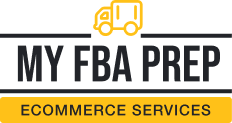Tom Wicky
Tom is an entrepreneur, startup advisor, and management consultant with over 20 years of senior management experience. He is the Co-Founder and CEO of MyFBAPrep, the largest worldwide 3PL ecommerce warehouse network. He managed the digital assets of local media companies across Europe as part of a $2 billion private equity investment led by Macquarie Bank. At the beginning of the Amazon FBA Marketplace, Tom built a data automation platform used to programmatically generate, manage and optimize over 1 million product listings on Amazon. He is a Boston sports fanatic and a recovering hot sauce junkie. Tom speaks Spanish and German and lives in Florida with his wife and three children.
